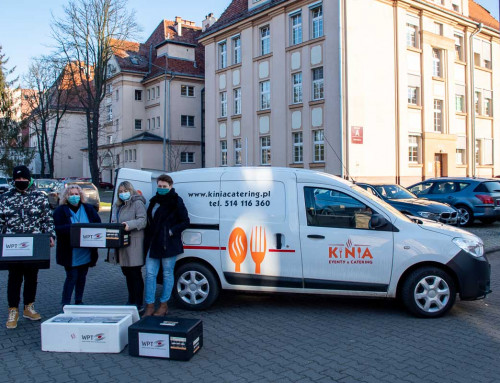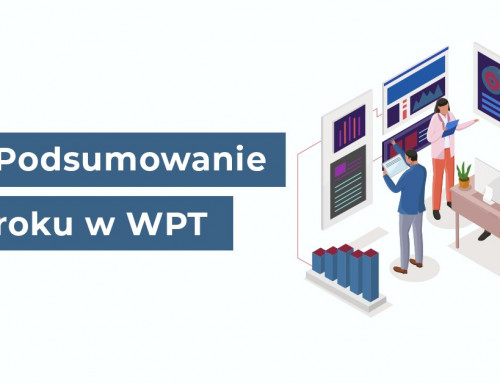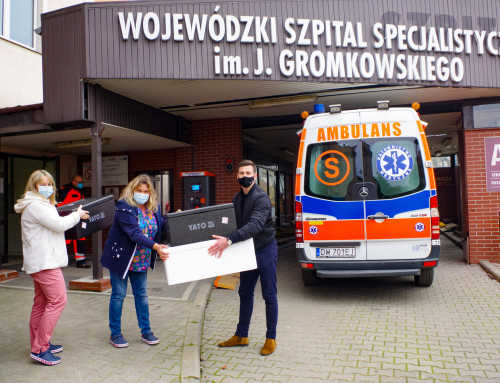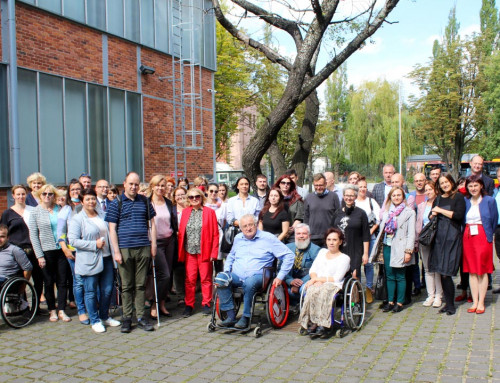The 3-year work of the BIC consortium, of which the WPT is a part, on the preparation of a set of tools that help to go through the complicated process of placing IVD medical devices on the market has ended.
The life science sector is facing a technological transformation. In the future, the flow of new innovations is expected to focus on digital services, genetics, elderly care and preventive medicine. It is in these sectors that biomarkers play a key role.
The BIC consortium has developed 4 commercialisation tools to support the development of biomarkers as IVD medical devices that can be used by: academic researchers, SMEs and Technology Transfer Centres. They focus on clinical, business and regulatory aspects of the commercialisation process.
The tools supporting the biomarker commercialization process are free of charge and consist of the Biomarker Commercialization Guide, Best Practices Handbook, BIC In Vitro Diagnostics Regulatory Guide and BIC Review Tool. These commercialisation instruments are jointly designed to guide researchers and manufacturers of IVD medical devices through levels of technological preparedness, emphasising clinical, regulatory and business aspects of the process. They are intended to support the commercialisation process of biomarkers.
What is a biomarker?
According to the WHO, a biomarker is any substance, structure or process that can be measured in the body or its products and that can predict the occurrence or presence of a disease or affect the outcome of treatment. A biomarker (or analyte) may be a nucleic acid, protein, polysaccharide or metabolite. Examples of well-known biomarkers are: CRP (C-reactive protein), troponin or cholesterol.
In healthcare, biomarkers are used to detect, predict and monitor a disease and to select the most effective therapeutic models. In the pharmaceutical industry, biomarkers are used as comprehensive tools in the entire drug development process.
Why should biomarker discoveries be commercialised?
Patients will most likely not be able to benefit from the invention of a particular biomarker if it does not go commercial. Thousands of potential biomarkers are still being discovered, and the number of publications has increased rapidly in recent years. Nevertheless, few discoveries are entering the development phase of the prototype, passing through both analytical and clinical performance evaluation and ultimately becoming an IVD test. The development and commercialisation of biomarkers is a complex, time-consuming and costly process.
In order to improve the proportion of biomarkers that have found their way onto the European market in the form of the test, eight organisations (including hospitals, universities and scientific/technological parks) from the Baltic Sea region have joined forces in an international project funded under the Interreg programme, which has made it possible to develop a set of tools dedicated to the commercialisation of biomarkers in the context of in vitro diagnostics (IVD). The tools provide an action plan for academic researchers, SMEs and technology transfer centres.
The Interreg project has gathered and opened the door to international partners who have already had experience in marketing biomarkers.
„We were lucky to have a highly professional and active Advisory Board with very strong and diverse competencies in the project, which provided important support and complemented the partner group” – explains Valerie Daussin from the Innovation Department of Aalborg University Hospital (Denmark), BIC project leader.
The Advisory Board was composed of representatives of Bayer, Astra Zeneca, Genome British Columbia, Finnish Medical Technology Association and EIT Health
The development of the tool continues
The BIC consortium continues to develop tools for the commercialisation of biomarkers in a new project called ‘BIC Bridge’.
„One of the goals of this project is to finalise the last two phases of the BIC Guide, related to the development of industrial-scale tests and their market introduction and implementation into clinical standards, where our organisation will play a key role” – says Tero Piispanen, Executive Director of Turku Science Park Ltd (Finland).
In addition, the BIC Guide will be transformed from a static support tool to an interactive, with elements of project management tool. BIC Guide has proved to be a valuable educational material, so the BIC Bridge project will continue this trend.





